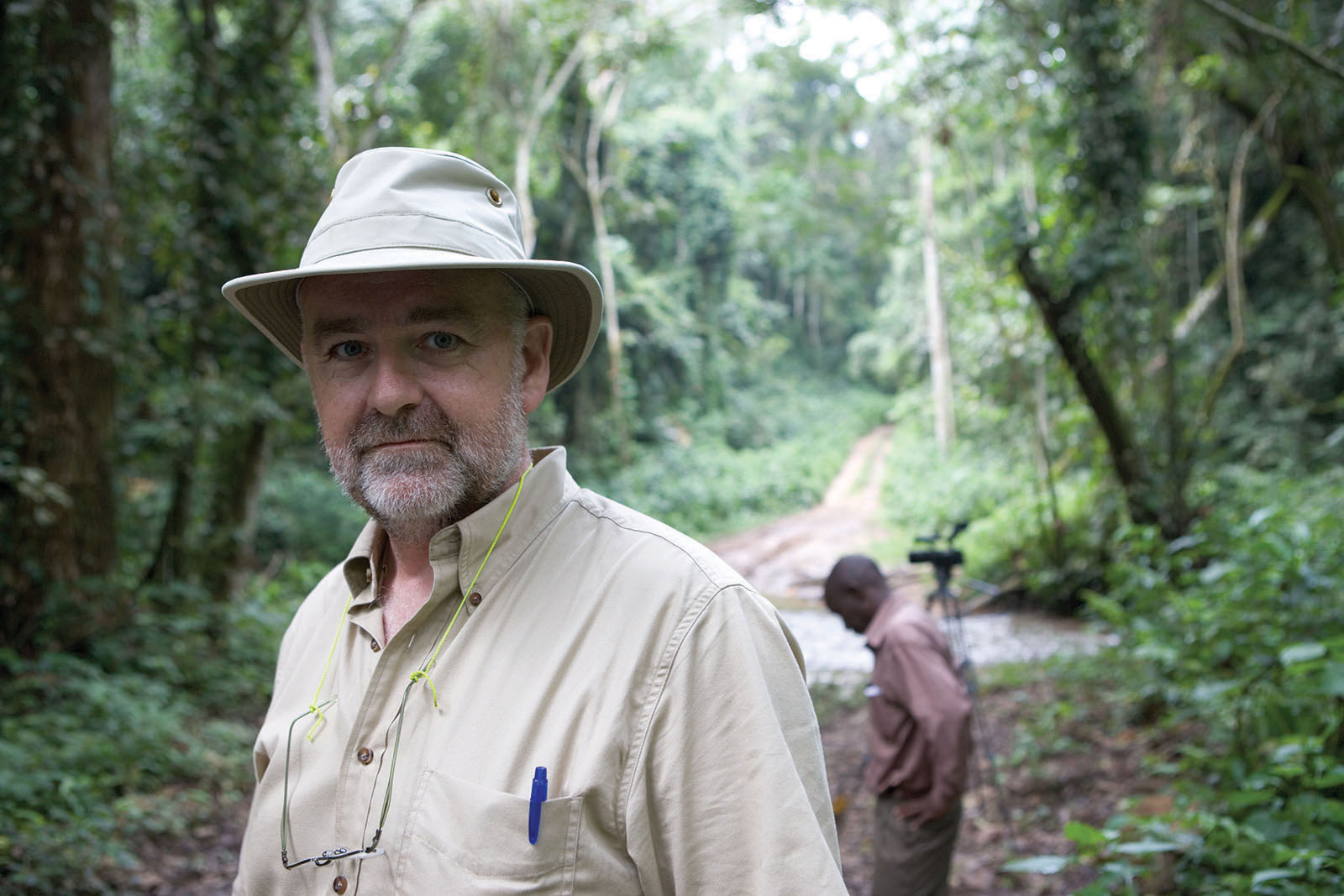By: Ben Cleary
Garry Smyth’s role with The World Health Organization was to document health crisis and assist in global health responses
====
Here in Newfoundland it’s easy to feel isolated. If you want to get to the mainland you can take a plane, or the ferry – that’s it. Protected on all fronts by rock and wave, sometimes it’s like the rest of the world is on a different planet, but that’s not always such a bad thing.
The 2014 Ebola outbreak in West Africa for example, was so far away us Newfoundlanders never had to worry about it all that much. Well, not all Newfoundlanders.
On the front lines
 Garry Smyth from St. John’s, NL, has left the island and been around the globe with the World Health Organization (WHO) helping to fight and contain the outbreak of some of the world’s most dangerous diseases.
Garry Smyth from St. John’s, NL, has left the island and been around the globe with the World Health Organization (WHO) helping to fight and contain the outbreak of some of the world’s most dangerous diseases.
By his count he’s been to Africa alone some 25 to 30 times, as well as Asia, and South America, fighting Ebola, River Blindness, Sleeping sickness, Sars, H1N1, Bird Flu and many more.
“People are facing things that you hear about but you don’t understand until you’re on the ground,” says Smyth. “Knowing about what really happens there, about what ‘poor’ means, and what remote means, and the real fear of war and sickness.”
The World Health Organization’s mission statement is to ensure that people have universal health coverage, to protect people from health emergencies, and provide people with better health and well-being.
Smyth added that the WHO is helping people on a level that is hard to understand in our privileged society. In some places the WHO may work with someone who has never had their temperature taken, or ever been given medication – things that we may take for granted.
Of all the places he’s gone, Smyth says the process with WHO on containing diseases is always the same. “You’re instructed where the outbreak is and what the situation is, you travel to the site with local people from the WHO office and you’re brought into the communities to do contact tracing. You’re brought into hospital wards, find out who’s sick, and who’ve they’ve been in contact with since they’ve been sick.”
He added, “we follow the whole process to find out what we’re dealing with, and how to scale that down to stop an outbreak.”
‘Helping people’
Before being a filmmaker with WHO, Smyth started his career at Memorial University where he was studying German. While he was at MUN he was working at the educational television channel in the basement of the Education Building. When he graduated he took his degree in German, as well as his experience with television and put it to use in Germany for what he thought would be a year – it turned into 20.
Through the jigs and the reels he was taken in by the WHO on a freelance basis in Europe and the rest was history.
Although you may have seen him on NTV News, he says a lot of his work you will never see.
Most of what he has filmed with WHO is in areas that have been devastated by disease, war, and poverty. Rather than primary footage for CNN for example, what can be brought back to the WHO head office in Geneva are things like what type of equipment hospital staff are using, how far apart the beds are, what type of monitors are being used. That way doctors can go back and look at what was being done and say if it worked or if it didn’t.
So he didn’t do it for the fame.
“You’re helping people, you’re helping doctors, you’re helping people stop this (diseases) in the future.”
Stay tuned to pages of ‘The Herald’ for more of Garry Smyth’s adventures with feature pieces outlining his experiences in places like Yemen and Sudan and other places around the globe.
